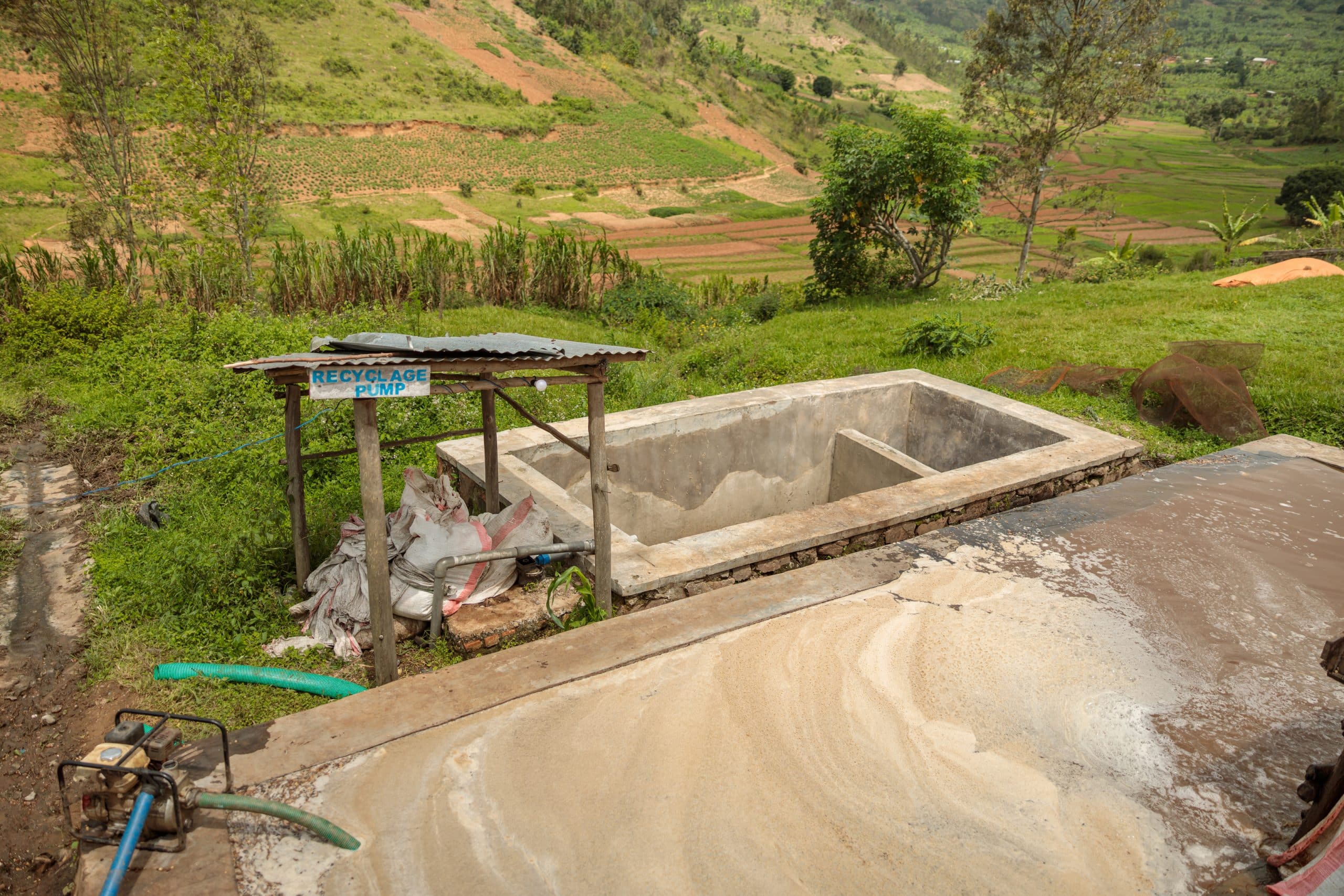How Can Office Buildings Utilize Greywater Recycling to Reduce Water Waste?

Water is a precious commodity, essential for life and indispensable for many of our daily activities. One of the significant challenges we face in the 21st century is managing our water resources wisely. In light of this, the idea of recycling greywater for conservation purposes has become increasingly popular. This article will delve into the concept of greywater recycling, how it can be utilized in commercial buildings such as offices, and the potential cost savings it can offer.
What is Greywater and How Can it be Recycled?
Greywater is relatively clean wastewater that comes from showers, hand basins, washing machines, and other similar sources. It contrasts with black water, which is contaminated with fecal matter and is far more challenging to treat. While greywater may contain traces of dirt, food, grease, hair, and certain household cleaning products, it can be treated and reused in commercial buildings.
Also to read : How to Integrate Environmental Education Centers into Residential Developments?
The greywater recycling process involves collecting the wastewater, treating it through filtration and disinfection, and then reusing it for non-potable purposes. The treatment process ensures that the water is safe enough for reuse. This is vital for office buildings, where health and safety are of paramount importance.
The Role of Greywater Recycling Systems in Commercial Buildings
Commercial buildings, such as offices, tend to use a large quantity of water daily. From flushing toilets to irrigation systems, the demand for water in these settings can be substantial. Implementing a greywater recycling system can drastically reduce the consumption of potable water.
Additional reading : What Strategies Can Enhance Community Engagement in New Housing Developments?
These systems capture greywater from sources like sinks and showers, treat it, and then redirect it for use in areas where potable water isn’t necessary. For instance, the treated water can be used for flushing toilets or for irrigation purposes in the building’s landscaped areas. This not only decreases the building’s overall water consumption but also contributes significantly to its sustainability efforts.
Design and Implementation of Greywater Systems
Designing and implementing a greywater system requires careful planning. The first step is conducting a water audit to understand how much water is being used and where it’s being used within the building. With this information, a system can be designed to effectively capture and reuse greywater.
The design of the system largely depends on the building’s structure and the specific needs of the occupants. In some cases, it may involve retrofitting existing plumbing systems, while in others, it could be incorporated into the building’s initial design. Beyond the actual system, consideration must also be given to the treatment process to ensure the water is safe for reuse.
The Cost and Savings of Greywater Recycling
While the initial cost of installing a greywater recycling system can be substantial, the long-term savings are significant. By reusing water within the building, the commercial entity can drastically reduce its water bills.
Additionally, greywater systems can also result in indirect savings. For instance, by using recycled water for irrigation, the need for expensive municipal water is reduced. Likewise, greywater systems can reduce the strain on the sewage system, potentially lowering sewage fees.
Moreover, it’s worth considering the positive public relations that can come from reducing water waste and promoting sustainability. In a world increasingly concerned with environmental impact, businesses that take steps to conserve resources can gain a competitive advantage.
Greywater Recycling in Residential Buildings
While this article has focused primarily on commercial buildings, it’s worth noting that greywater recycling can also be effective in residential settings. Just like in an office, water from showers and sinks can be collected, treated, and reused for toilet flushing, laundry, or irrigation.
Residential greywater systems can be particularly beneficial in regions plagued by water shortages or in areas with high water costs. They not only provide a practical solution to conserve water but can also result in substantial cost savings for the homeowners.
In conclusion, greywater recycling represents a practical, cost-effective solution for water conservation in both commercial and residential buildings. By reusing water that would otherwise go to waste, we can not only decrease our water consumption but also contribute to a more sustainable future.
Challenges and Solutions in Greywater Recycling
Despite the clear benefits of greywater recycling, it is not without its challenges. The most significant of these is maintaining an optimal water quality. This is crucial for ensuring that the recycled water is safe for non-potable uses like toilet flushing and landscape irrigation. In order to meet health and safety standards, the greywater systems must include an effective wastewater treatment process. This usually involves a combination of physical filtration and chemical or biological disinfection.
The treatment needs to be efficient enough to remove any harmful substances, but gentle enough to not deplete the water of its nutrients, which are beneficial for irrigation. Thus, the treatment process should be tailored to the specific characteristics of the greywater being generated in the building.
Another challenge is the initial cost of implementing the recycling system. This is particularly significant in cases where existing plumbing systems need to be retrofitted. However, several solutions can help offset these costs. For instance, governmental incentives like tax rebates or grants can be sought. Additionally, the long-term savings from reduced water bills can help recoup the initial investment over time.
Maintenance of the system is another important aspect. Regular checks and maintenance are required to ensure the continuous and efficient operation of the greywater system. Proper training of the maintenance staff can help in this regard.
Encouraging Wider Adoption of Greywater Recycling
Despite the numerous benefits of greywater recycling, its adoption is not as widespread as it could be. To increase its usage, both in commercial and residential buildings, greater awareness about its benefits and feasibility needs to be spread. Additionally, building codes and regulations should be adapted to encourage greywater reuse.
For businesses, adopting greywater recycling can lead to significant cost savings and enhance their sustainability profile. This not only benefits the environment, but can also give them a competitive edge in today’s eco-conscious market.
For homeowners, greywater systems can provide a practical solution for water conservation, particularly in regions with water shortages or high water costs. Besides the direct cost savings on water bills, using greywater for landscape irrigation can also reduce the need for fertilizers, leading to further savings.
Overall, greywater recycling represents a win-win scenario for both the environment and the economy. By adopting this practice, we can ensure a more sustainable and responsible use of our precious water resources.
Conclusion
Water is a vital resource, and its conservation is a pressing challenge in our times. Greywater recycling provides a practical and cost-effective solution to this problem. While it does involve some initial costs and requires careful maintenance, the long-term benefits – in terms of reduced water consumption, cost savings and improved sustainability – are significant. Whether in an office building or a residential home, reusing greywater can play a crucial role in minimizing our water footprint and contributing to a more sustainable future. It’s high time we embrace greywater recycling and make it a standard practice in our buildings. After all, every drop of water saved is a step towards a more sustainable tomorrow.
